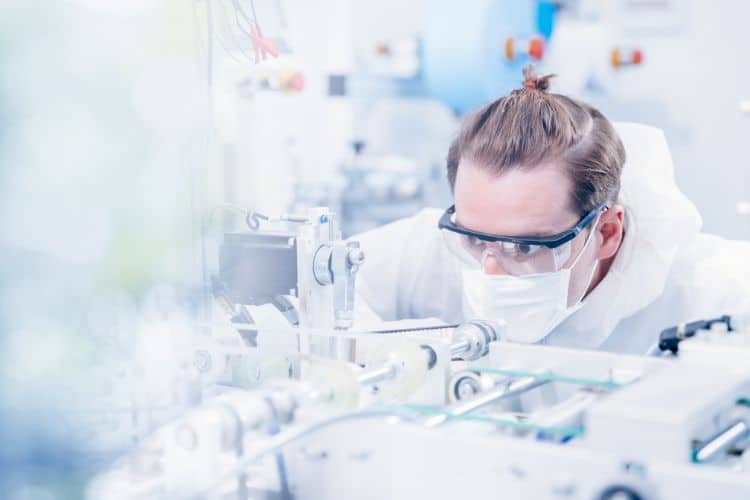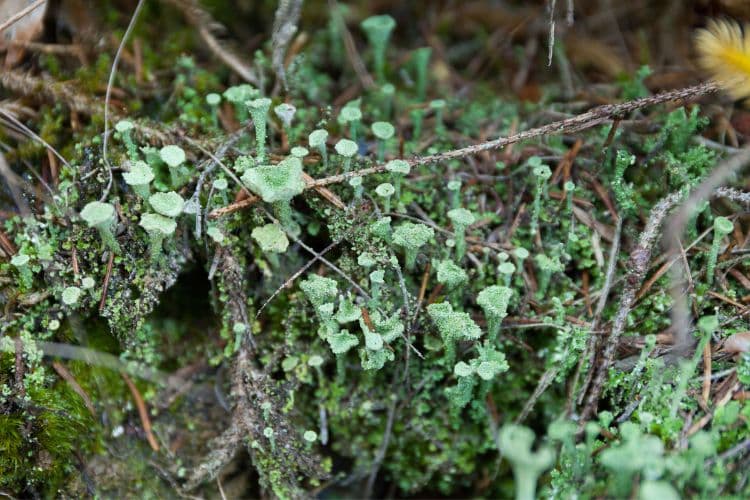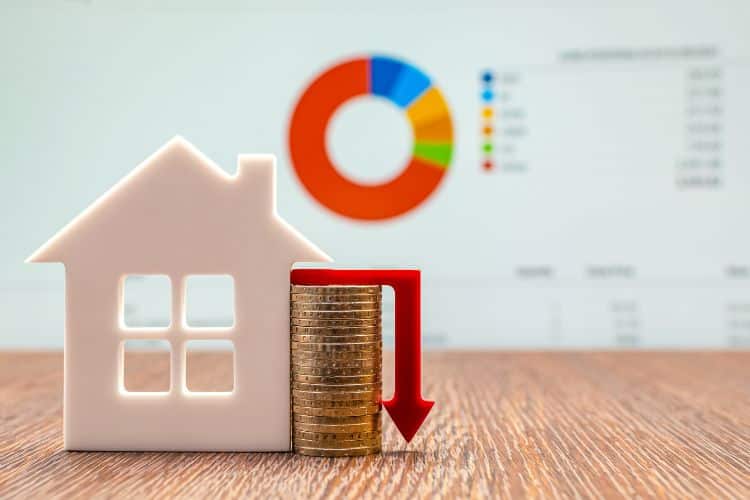The approach to mold remediation is undergoing a transformation, thanks to significant technological advancements and a commitment to eco-friendly practices. This article examines these innovations, showcasing their impact on the industry.
Advanced Detection Technologies
The first step in effective mold management is early and accurate detection. Technologies like infrared thermal imaging and laser-based techniques are now at the forefront of identifying potential mold issues. These methods allow for the detection of moisture and mold growth in their early stages, paving the way for timely intervention and prevention of extensive damage.

Key Innovations in Mold Remediation Technology
| Technology Type | Description | Impact |
|---|---|---|
| Advanced Detection | Utilizes thermal imaging and laser-based techniques for early detection of mold. | Facilitates early intervention, preventing extensive damage. |
| AI in Remediation | Employs AI algorithms to analyze data and optimize mold removal processes. | Enhances efficiency and reduces the likelihood of recurrence. |
| Nanotechnology | Incorporates antimicrobial nanoparticles in coatings and air filtration systems. | Provides long-lasting mold resistance and improves air quality. |
| Eco-Friendly Methods | Includes HEPA vacuuming, and natural treatments like vinegar and baking soda. | Promotes environmental sustainability and reduces chemical use. |
| VR Training | Uses virtual reality for training professionals in mold remediation techniques. | Improves skill sets and provides safe, practical learning environments. |
AI-Powered Remediation Strategies
The integration of Artificial Intelligence (AI) in mold remediation is a game-changer. AI algorithms analyze data collected during the remediation process, optimizing mold removal and minimizing the risk of recurrence. This technology not only streamlines the process but also predicts potential problem areas, allowing for preventive measures.
Nanotechnology for Mold Prevention
Nanotechnology is making significant strides in mold prevention. By integrating nanoparticles with antimicrobial properties into coatings and air filtration systems, it’s possible to create surfaces and environments less hospitable to mold growth. This technology not only prevents mold but also contributes to better indoor air quality.
Eco-Friendly Remediation Techniques
In an effort to reduce environmental impact, eco-friendly mold remediation methods are gaining traction. Techniques like HEPA vacuuming, along with natural cleaning agents such as vinegar and baking soda, offer effective solutions without the harmful side effects of traditional chemical treatments.
Virtual Reality Training
Virtual reality (VR) training is revolutionizing how professionals in the mold remediation industry are trained. By simulating real-life scenarios, VR provides a safe and controlled environment for professionals to hone their skills, ensuring they are well-prepared for on-site challenges.
Conclusion
The advancements in mold remediation technology represent a significant leap forward in the industry. From early detection to environmentally friendly methods, these innovations are not only making mold remediation more effective but also safer and more sustainable. The future of mold management looks promising, with technology paving the way for more efficient and responsible practices.




